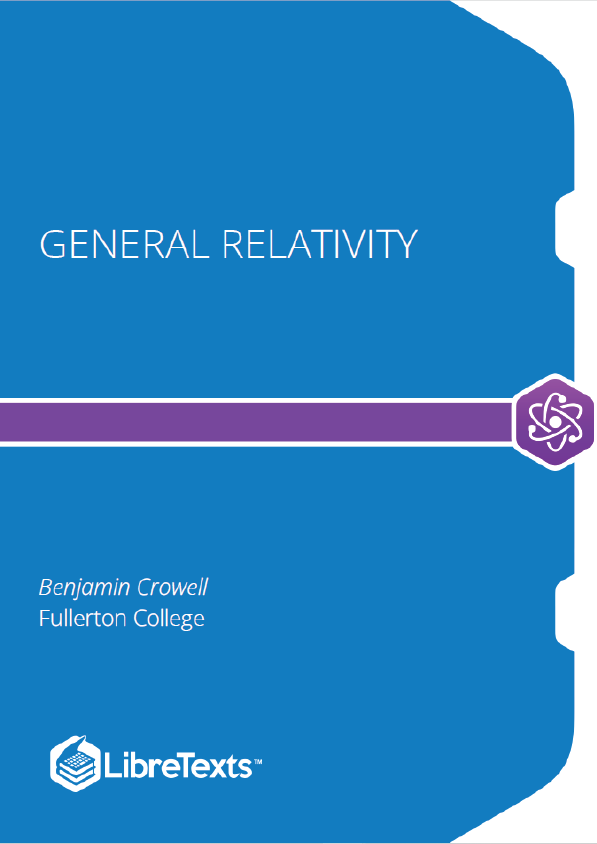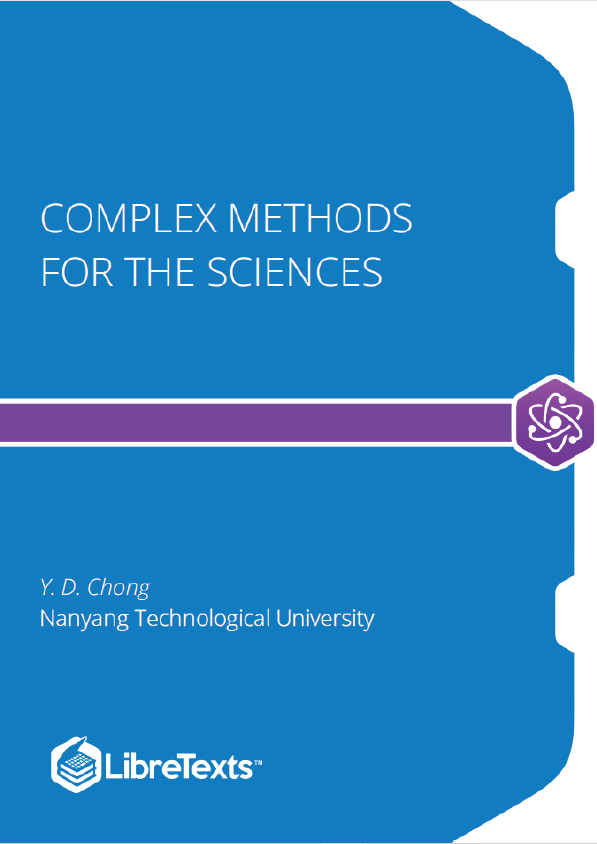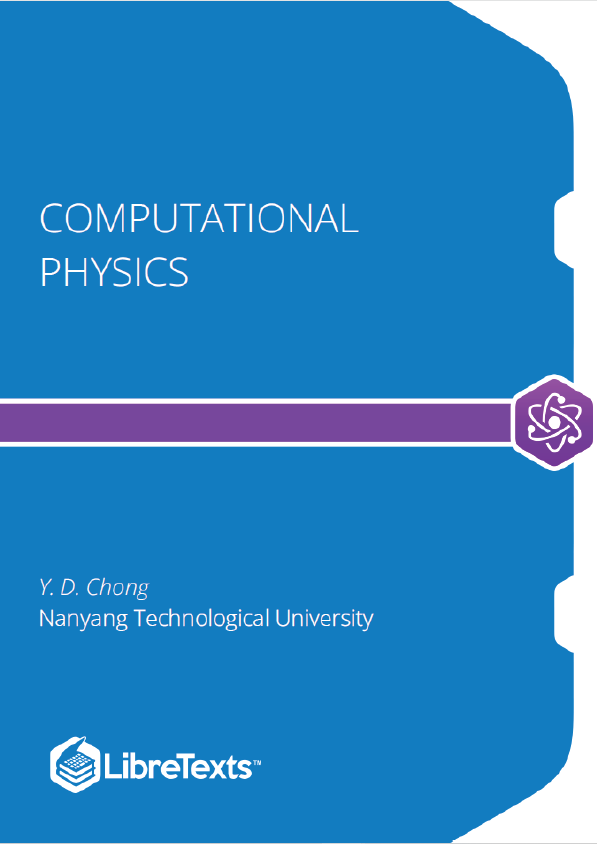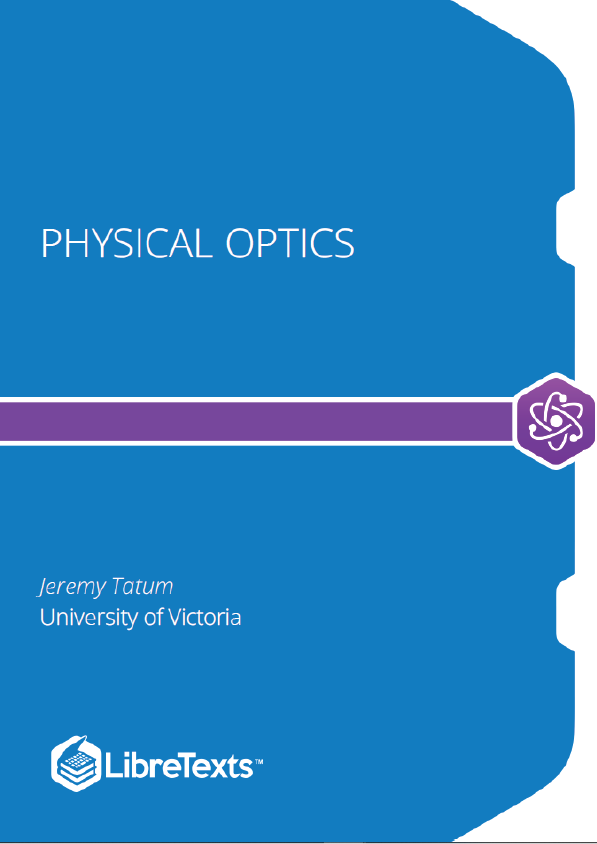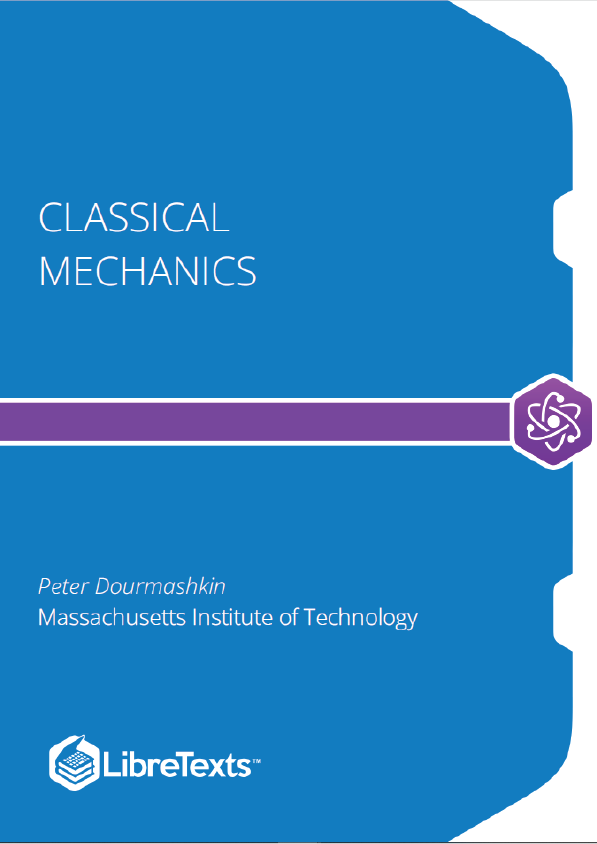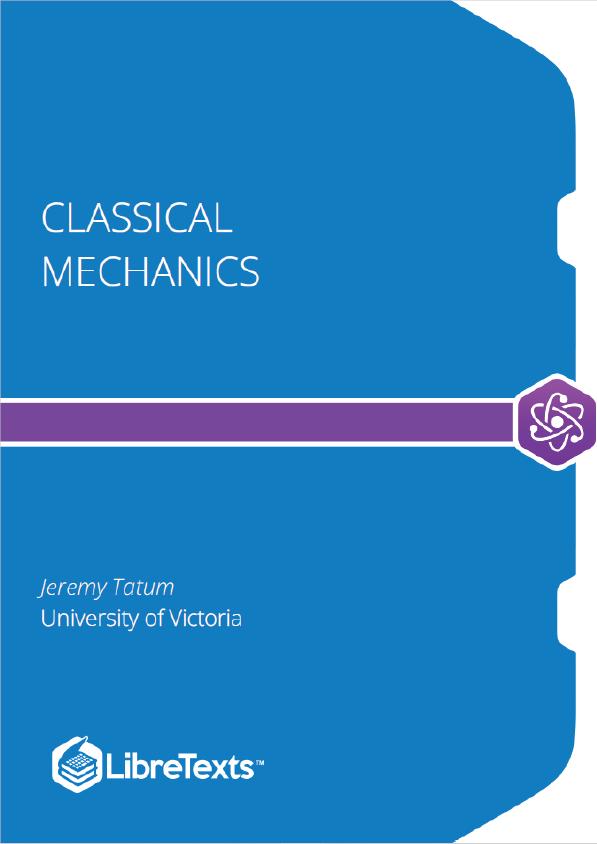This a textbook on special relativity, aimed at undergraduates who have already completed a freshman survey course. The treatment of electromagnetism assumes previous exposure to Maxwell’s equations in integral form, but no knowledge of vector calculus.
When Einstein was a university student, these rules (phrased differently) were the ones he was taught to use in describing electricity and magnetism. He later recalled imagining himself on a motorcycle, riding along next to a light wave and trying to imagine how his observations could be reconciled with Maxwell’s equations. I don’t know whether he was ever brave enough to describe this daydream to his professors, but if he had, their answer would have been essentially that his hypothetical vector was illegal. The good vectors were thought to be the ones that represented an observer at rest relative to the ether, a hypothetical allpervasive medium whose vibrations were electromagnetic waves. However silly this might seem to us a hundred years later, it was in fact strongly supported by the evidence. A vast number of experiments had verified the validity of Maxwell’s equations, and it was known that if Maxwell’s equations were valid in coordinates defined by an observer , they would become invalid under the transformation to coordinates defined by an observer in motion at velocity relative to o.
Galilean Spacetime But the Aristotelian model was already known to be wrong when applied to material objects. The classic empirical demonstration of this fact came around 1610 with Galileo’s discovery of four moons orbiting Jupiter, Figure . Aristotelianism in its ancient form was originally devised as an explanation of why objects always seemed to settle down to a natural state of rest according to an observer standing on the earth’s surface. But as Jupite across the heavens, its moons circled around it, without showing any natural tendency to fall behind it like a paper cup thrown out the window of a car. Just as an observer standing on the earth would consider the earth to be at rest, hovering in a balloon at Jupiter’s cloud tops would say that the Jovian clouds represented an equally “natural” state of rest.
We are thus led to a different, Galilean, set of rules for and vectors. All vectors are parallel to one another, but any vector is not parallel to an vector is a valid vector. (We may wish to require that it point into the future rather than the past, but Newton’s laws are symmetric under time-reversal, so this is not strictly necessary.)
Galilean spacetime, unlike Aristotelian spacetime, has no universal notion of “same place.” I can drive to Gettysburg, Pennsylvania, and stand in front of the brass plaque that marks the site of the momentous Civil War battle. But am I really in the same place? An observer on another planet would say that our planet had moved through space since 1863.
